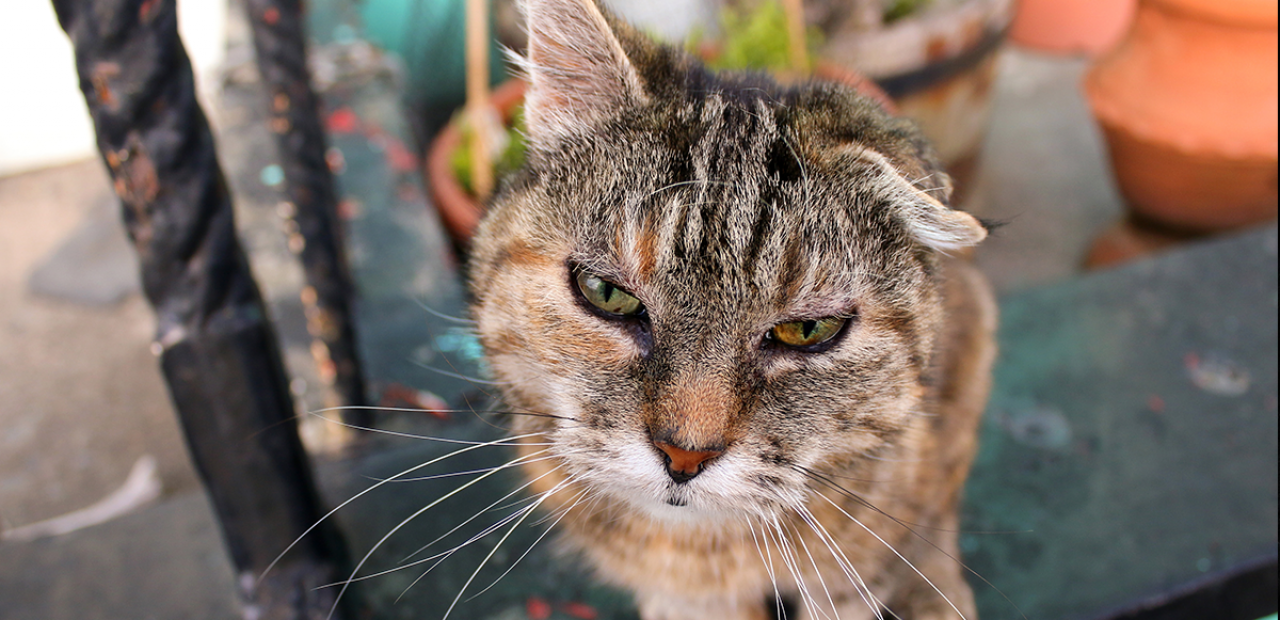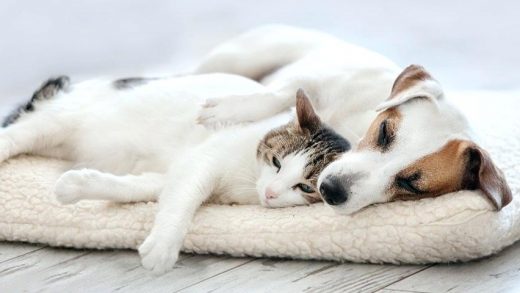Hyperthyroidism in Cats: What Is It and How Can It Be Treated?
Contents
- 1 What Is Feline Hyperthyroidism?
- 2 What Causes Feline Hyperthyroidism?
- 3 How Is Hyperthyroidism in Cats Diagnosed?
- 4 How Is Hyperthyroidism in Cats Treated?
- 5 What Is the Prognosis for Cats Diagnosed with Feline Hyperthyroidism?
- 6 Are Certain Cats More Likely to Develop Hyperthyroidism?
- 7 What Kind of Aftercare Will My Cat Need?
- 8 Can Hyperthyroidism Ever Reoccur?
What Is Feline Hyperthyroidism?
Feline hyperthyroidism is the most common endocrine disorder in older cats. It is characterized by the overproduction of thyroid hormones by the thyroid glands which are located in the neck. Thyroid hormone plays an important role in many bodily functions including growth, fur production, energy levels, and metabolic functions. Cats have two thyroids glands located on each side of the neck, responsible for secreting thyroid hormones.
When one or both of the glands enlarge, it results in the overproduction of thyroid hormones. However, this usually is a benign or non-malignant change that is treatable, with only 2% of the cases developing malignant thyroid tumours. This disease can have a destructive effect on many organs in the cat’s body, especially the heart.
What Causes Feline Hyperthyroidism?
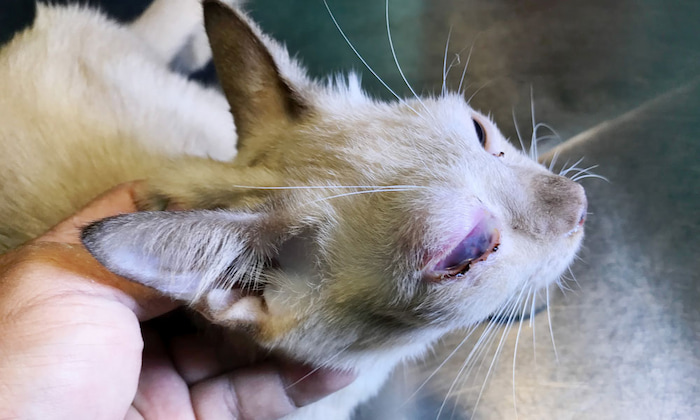
source: arrowdogcat.com
Various analyses have been conducted to discover the cause for the development of this disease. Some of them suggest that hyperthyroidism in cats appears most commonly in cats that live indoors and consume tinned cat food. However, these claims are not entirely proven.
How Is Hyperthyroidism in Cats Diagnosed?
The most common symptom that determines the diagnosis of hyperthyroidism is the increased levels of thyroid hormones in the blood. Many cats have very high levels of thyroid hormones found in their blood, however, some are diagnosed with only slight increase levels of the thyroid hormone. There is a special test called a T3 suppression test that cats undergo which helps to accurately establish the diagnosis.
There are many clinical signs and symptoms that cats can develop which suggest the onset or persistence of this disease. Some of the most common ones are weight loss, polyphagia, polydipsia, polyuria, general weakness, vomiting, diarrhea, aggression, hyperactivity, lethargy, difficulty breathing, and mental dullness (so-called apathetic hyperthyroidism).
The enlargement of the thyroid glands can often be felt in the neck. The physical exam findings usually indicate muscle atrophy, poor hair coat, overgrown nails, tachycardia, and systolic heart murmurs. Many cats that are diagnosed early can be treated successfully. However, if the disease is left untreated it can have a damaging effect and serious health complications resulting in the failure of many vital organs such as the heart, kidney, and other organs.
How Is Hyperthyroidism in Cats Treated?
Cats diagnosed with hyperthyroidism can be treated either with a radioactive iodine treatment, administration of antithyroid pills, surgical removal of the thyroid gland, or a specially designed restrictive diet.
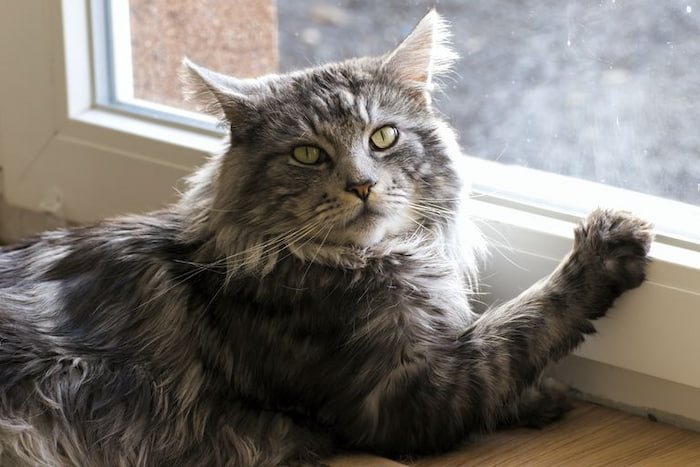
source: treehugger.com
Oral Medication
The majority of the cases are treated by introducing antithyroid drugs in the cat’s diet that will help reduce the production of thyroid hormones in cats. The most common medication that is given to cats with hyperthyroidism is called Felimazole. If you’re looking to buy Felimazole tablets for cats, know that they can be only prescribed by your veterinarian. He should have already performed all the necessary exams to confirm the cat’s illness.
The starting dose of Felimazole tablets for cats is 2,5 mg which should be administered orally every 12 hours. The goal is to have a stabilized TT4 hormone levels as well as a good clinical response. Antithyroid drugs can also come in form of a gel that can be applied to the cat’s skin as recommended.
As with any medication, these meds can also cause various unwanted side effects such as vomiting, fever, weight loss, and low energy levels in which case you need to consult your veterinarian to discuss further treatment options. A lifelong administration of this drug can prove effective for many cats.
Radioactive Iodine
After the initial stabilization with oral tablets, a number of other treatments are also available. One of them is radioactive iodine therapy. This treatment is simple and very effective for some cats. It involves injecting your feline friend with the appropriate dosage of iodine directly into the bloodstream. This treatment targets to destroy only the abnormal cells while the normal thyroid tissue continues to function.
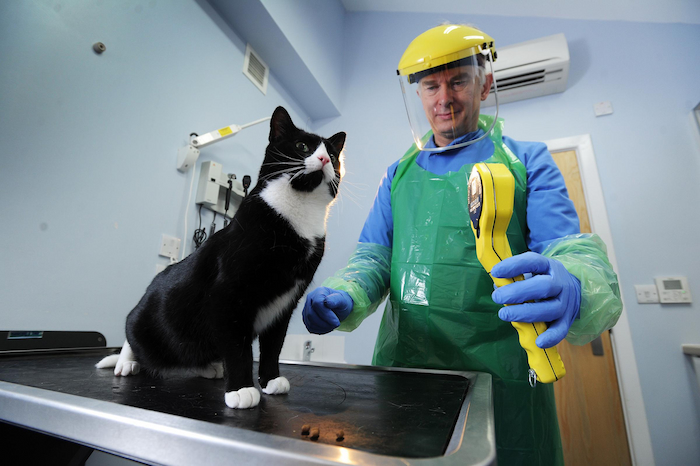
source: oxfordmail.co.uk
Even though this treatment has minimal risks for the cat, this procedure has to be performed in a specialized facility. Most cats get back to their normal hormone levels within a few weeks of receiving the treatment.
Surgery
In some cases, surgery will prove to be most effective for your cat’s health. Thyroidectomy is a surgical procedure that aims to remove all or part of the thyroid gland. If the tumour affects only one side of the gland, usually that side of the gland is removed. After the treatment, the cat must remain in the hospital and be hospitalized for at least 5-14 days. This is usually recommended until the radiation level is low enough for safe discharge.
The main advantage of this procedure is that it has a good success rate and eliminates the need for lifelong medication treatments. The only disadvantage of surgery is that the cats need to be anesthetized and many can’t aren’t very good surgical candidates.
Nutritional Therapy
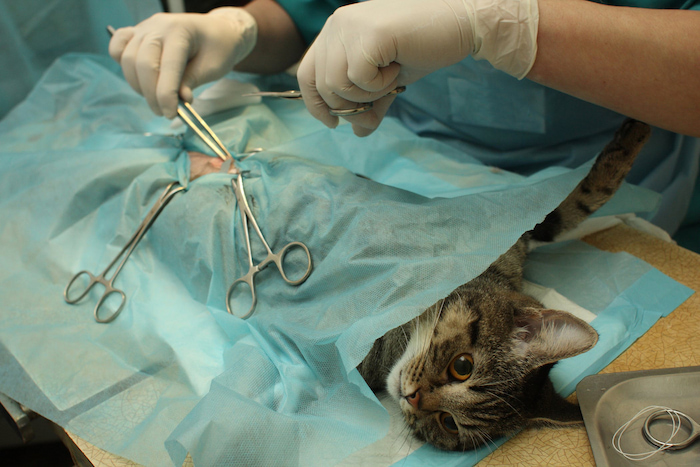
source: wagwalking.com
Besides all the above-mentioned treatment options, your cat may benefit most from changing its diet. This type of therapy involves giving your cat special foods restricted in iodine content which may result in the successful treatment of feline hyperthyroidism.
Although introducing some dietary changes can be beneficial for many cats, it is still recommended to consult your veterinarian and discuss the advantages and shortcomings of this treatment.
What Is the Prognosis for Cats Diagnosed with Feline Hyperthyroidism?
The outcome of most hyperthyroidism treatments in cats is usually successful. If treated on time, your cat can go back to living a healthy and normal life. However, if left untreated, this disease can wreak havoc in the cat’s body which can be life-threatening and dangerous.
Are Certain Cats More Likely to Develop Hyperthyroidism?
Hyperthyroidism is most common in older cats. Many factors are known to cause this disease. Environmental factors and exposure to high levels of dietary iodine may cause some cats to develop this disease. Studies also suggest that certain colourpoint breeds are more prone to developing feline hyperthyroidism.
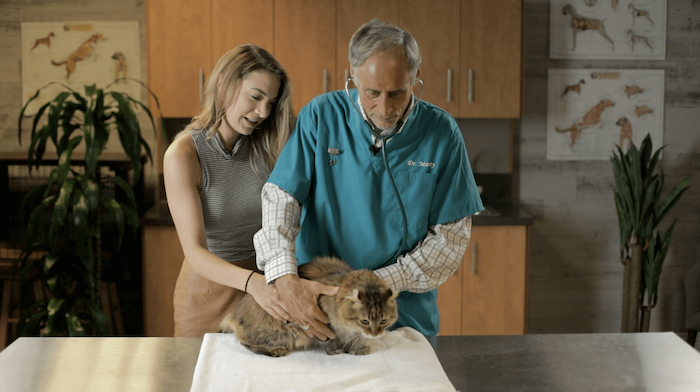
source: pinterest.com.au
What Kind of Aftercare Will My Cat Need?
The majority of cats will not require any specific aftercare. Your veterinarian should perform a blood test for your cat and monitor its thyroid function at least 3-6 months after being treated. This will help to more closely track the progress and the cat’s response to the treatment.
Can Hyperthyroidism Ever Reoccur?
Although the chances of the condition reappearing are small, in some cases cats can develop the same symptoms 3 years or longer after they have initially been treated. This usually suggests that a new thyroid tumour has emerged and requires special attention and treatment.

